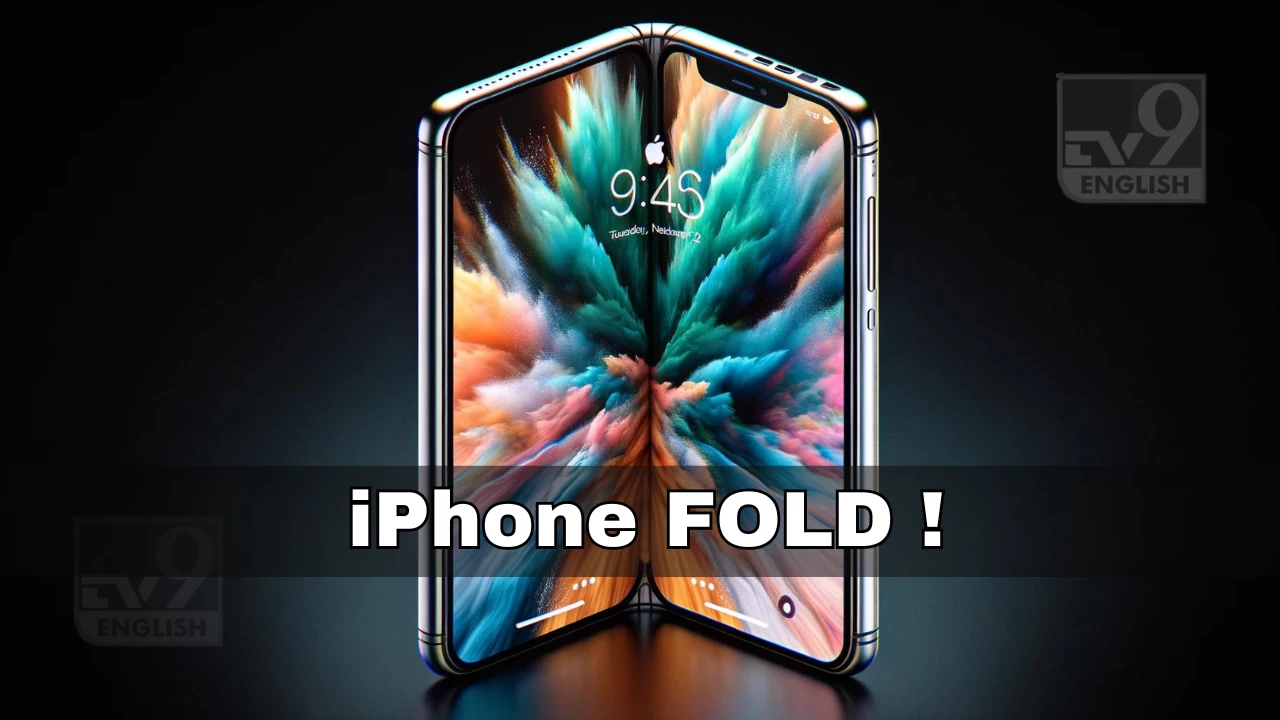

By signing in or creating an account, you agree with Associated Broadcasting Company's Terms & Conditions and Privacy Policy.


By signing in or creating an account, you agree with Associated Broadcasting Company's Terms & Conditions and Privacy Policy.

New Delhi: After years of staying out of the foldable phone race, Apple seems to be finally inching closer to launching its first foldable iPhone. According to a series of new leaks, the device, unofficially referred to as the iPhone Fold, is expected to launch in 2026, and is currently being tested with some interesting choices under the hood.
What makes this development more believable is that Apple insider Mark Gurman has also hinted that the iPhone Air, which launched earlier this year, was just a “technology exercise” for preparing the supply chain for the foldable iPhone’s complex hardware needs.
Unlike other brands that are trying to slim down foldables, Apple might be taking a different route. A blog post citing tipster yeux1122 claims the iPhone Fold is being tested with a large 5,400mAh to 5,800mAh battery. That’s more than what current flagships like the Galaxy Z Fold 7 and Galaxy S25 Ultra pack. For comparison, the iPhone 17 Pro Max has a 5,088mAh battery on the eSIM version.
This large battery might help Apple offer better battery life than its foldable rivals, but it comes at a cost. “Unfortunately… this will make the device thicker and heavier,” the report says. It adds that the company has no immediate plans to switch to the newer, thinner silicon-carbon batteries that other foldable makers are now exploring to save space.
Even if Apple opts for the lower end of that 5,400–5,800mAh range, the iPhone Fold could still be bulkier than most competing models.
In his Power On newsletter, Gurman explained that Apple never saw the iPhone Air as a big seller. Instead, it was released “just so the [foldable] can have its launch go smoothly without any problems.” Apple knew it was going to need time to prepare the supply chain for the foldable's parts, especially components related to miniaturisation, battery tech, and internal materials.
“The foldable iPhone will have to use a lot of the same materials, internal components, battery technology, and ‘miniaturization techniques’ as the iPhone Air,” Gurman wrote, adding that this would help suppliers “get these parts ready a lot faster next year.”
Foldable phones are tricky when it comes to sensors. There's limited space for bulky components, and that could be a problem for Face ID. Rumours suggest Apple might ditch Face ID entirely on the iPhone Fold and instead go back to Touch ID, possibly embedded in the power button.
This isn’t confirmed, but it aligns with what we've seen from other foldable devices like Samsung’s Z Fold series, which also avoids under-display 3D face recognition due to technical limitations and battery constraints.
Exact dimensions of the iPhone Fold remain unofficial, but previous leaks mention a 7.74-inch main display and a 5.49-inch outer screen. One report even said the device looks like “two iPhone Air units placed next to each other when the device is completely unfolded.”
That gives us a rough picture of what to expect, but Apple could still make significant changes before mass production. This is especially true since the company is known to test multiple prototypes internally before locking down final specs.
By the time Apple launches its foldable, it could be going up against Samsung’s Galaxy Z Fold 8 and Google’s next-gen Pixel Fold. These brands already have a head start, both in terms of software and foldable hardware experience.
Gurman himself raised concerns that the leaked specs already “fall behind the Galaxy Z Fold 7,” which is expected to be replaced by the Z Fold 8 next year. If Apple arrives late with heavier hardware and no major feature breakthroughs, it could face a rough start in the segment.
Still, this is Apple. It has waited, watched, and calculated its entry. The iPhone Fold might not be light or affordable, but it could still be the company's next big swing at defining a new category.
Whether it lands smoothly or not, we’ll know in 2026.








